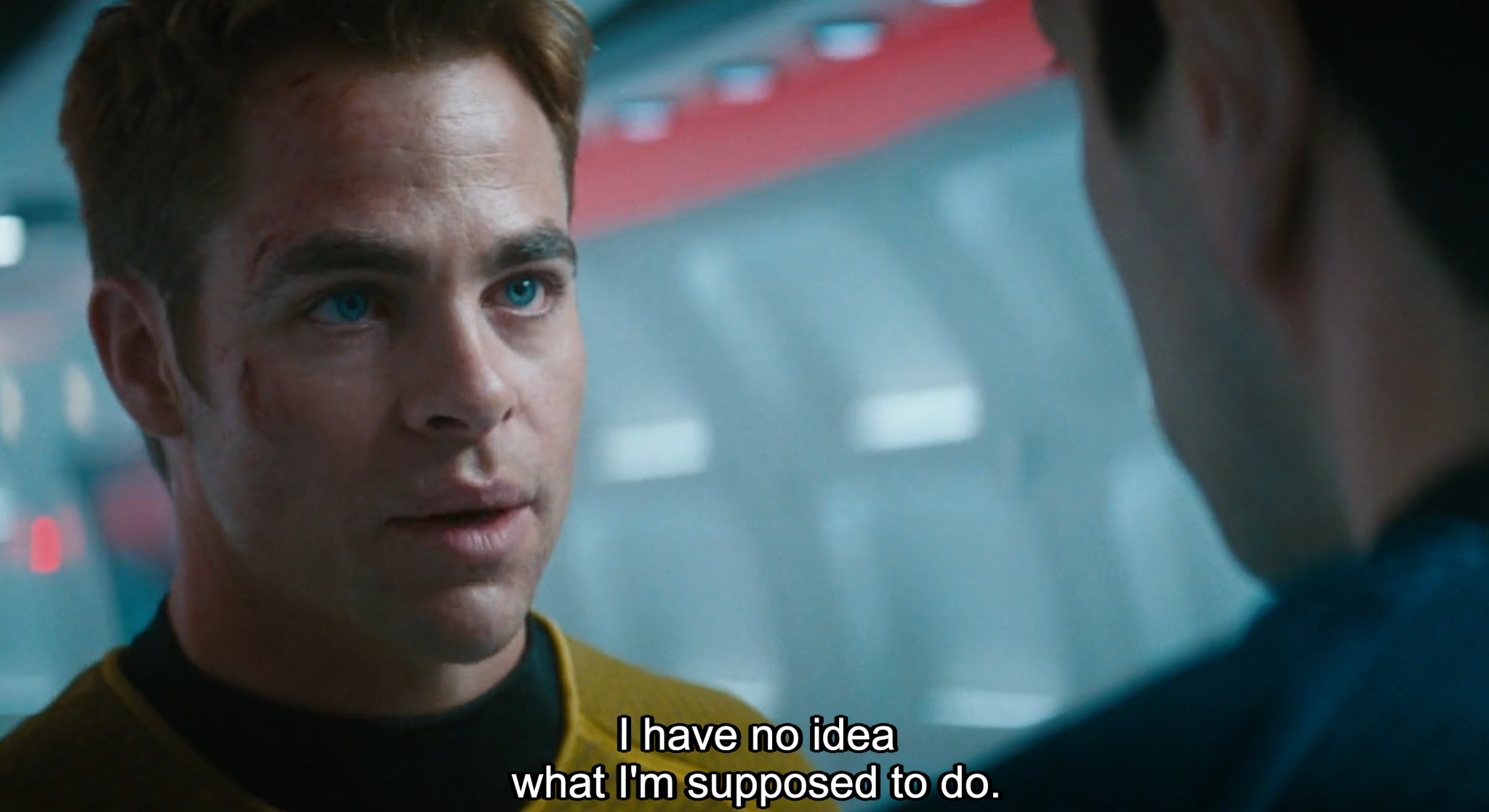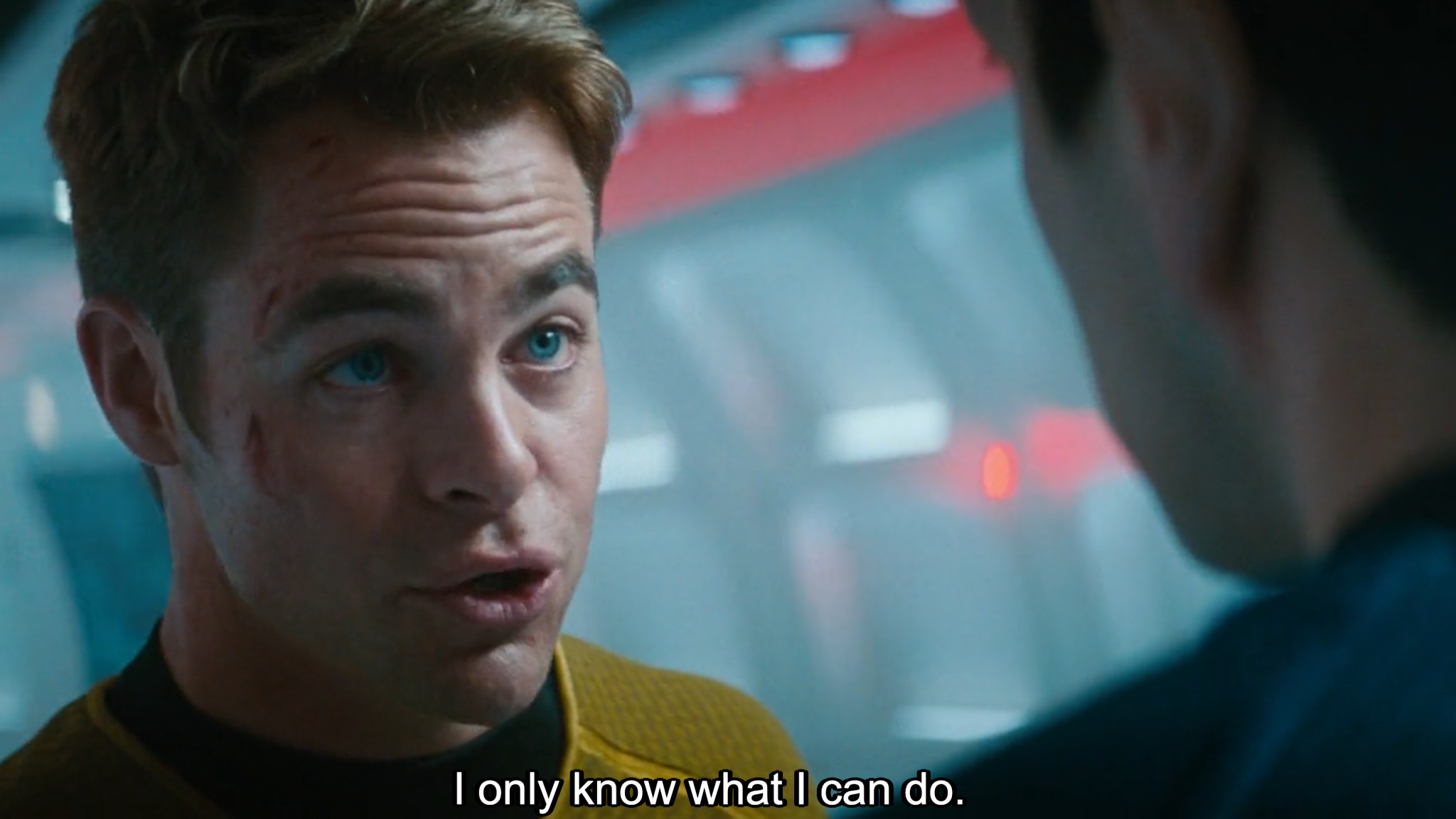Forget estimates, start with appetite
June 13, 2025 • #On Shape Up's concept of setting the appetite for a project.
On Shape Up's concept of setting the appetite for a project.
Why conversational interfaces still aren't the right approach for human-computer interaction.
Jason Fried:
A better path is to reflect forward, not backwards. Develop a loose theory while working on what’s next. Appreciate there’s no certainty to be found, and put all your energy into doing better on an upcoming project. But how will you do better next time if you don’t know what went wrong last time? Nothing is guaranteed other than experience. You’ll simply have more time under the curve, and more moments under tension, to perform better moving forward. Internalize as you go, not as you went.


Captain Kirk making the case for “muddling through.”
Ryan Singer calls out the different flavors of “impact”, and the need to be able to articulate the purpose for doing something:
Differentiating between factors you can't control and those you can't≥
Contrasting methods of building, and when to use divergent or convergent team workflows.
Make sure your 'simple' solution has first worked through the complex details.
Behind the scenes of a design review process.
Validating ideas is hard. Some thoughts on trusting your instincts and reducing abstraction for better feedback.
Chris Spiek and Ryan Singer talk about the Shape Up product team process at fintech_devcon.
Thoughts on what it means to be an effective operator, team leader, and product builder
Using 'framing' to define problems and convey why they're worth solving.
Defining hard objectives with permissive experimentation is the best way to build products.
Product-led and sales-driven growth strategies form a positive-sum combo.
Ryan Singer walks through a recent shaping process.
Should you be focused on being more effective or more efficient? What's the difference?
How customer participation creates personalization, and increases perceived value.
Looking at Clubhouse through a Jobs-to-Be-Done lens.
On product-led growth, its benefits, its limitations, and when to transition to sales-led tactics.
An interview with Stripe President John Collison on their launch of Stripe Capital and Stripe Treasury.
Getting on the ground to see product through the eyes of the end user.
Notes from Marty Cagan's Inspired.
Options over roadmaps, Anduril's Ghost, and Roam spaced repetition.
Measuring for the next stage after you achieve product-market fit.
A few recent talks I've bookmarked on YouTube.
A new podcast on design and systems thinking from Ryan Singer.
Developing a nomenclature for users of low-code software.
Launching Fulcrum's Report Builder.
A prototype for enhancements to Roam Research.
A framework for analyzing product ideas by simulating your path through the maze.
The no-code movement isn't just about the 'code', but also process design and abstraction.
Discovery on product isn't something limited to time between sprints, we should do it continuously.
An essay from the past on the tensions between usability and complexity for power users.
On the danger of backlogs.
Kevin Kwok's observations on how Superhuman is creating a feedback loop for user acquisition.
Marty Cagan's simple definition of what constitutes a thriving product team.
Scoping in product development, intellectual humility in discourse, and Google's team on Gboard predictive typing.
Real-time terrain mesh with MARTINI, designing Notion using Figma, and @patrickc's bookshelf.
A post from the archives on how we ship product on the Fulcrum team.
Thoughts on the importance of customer retention and net negative churn in the SaaS business.
The new ebook from the Basecamp team on product development.
Basecamp's Ryan Singer on the concept of hill charts.
Using Moqups to do wireframes.
A retrospective on the first product I worked on as (de facto) product manager: Geodexy, a predecessor to Fulcrum.
Shipping photo annotation support in Fulcrum.
“Geocomputation with R, listening to customers, and the value of linear growth.”
We started building Fulcrum in 2011. 7 years in I look back at how we started and what's changed.
Some thoughts on SaaS business model advantages, aligning incentives, and predictable revenue.